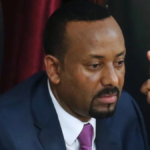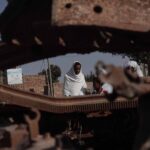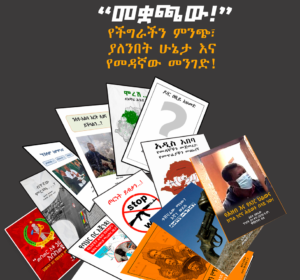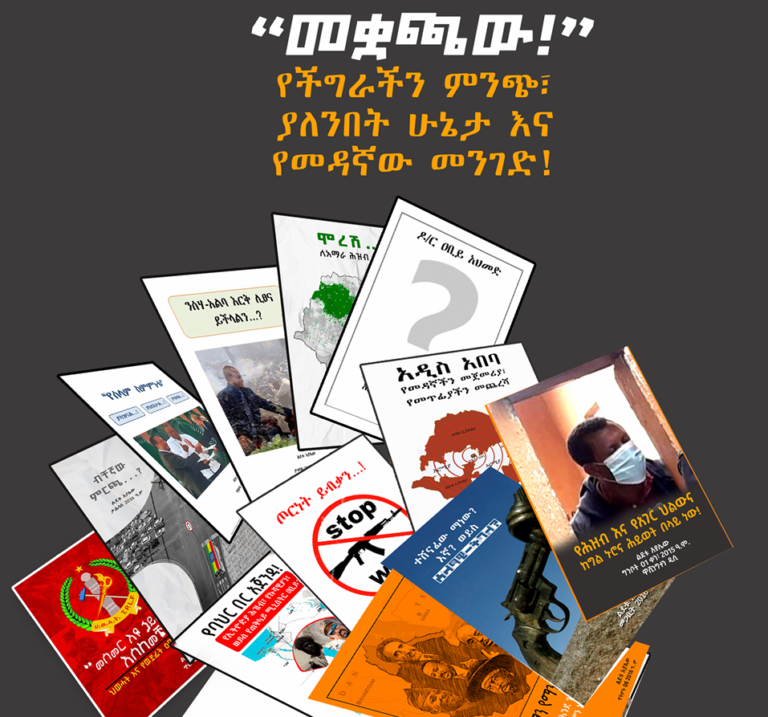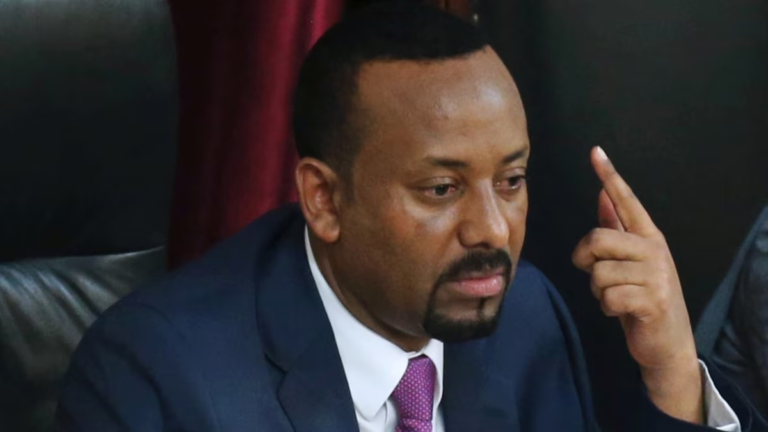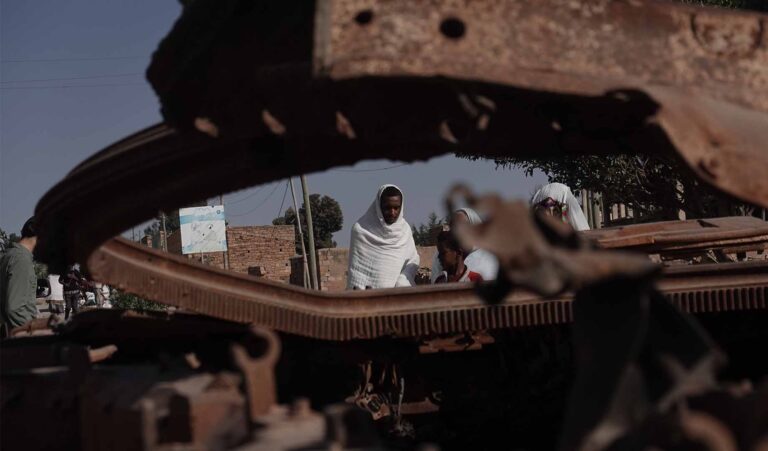by Akkoo manooyyee
The north-western Ethiopia’s Amhara Region is one the regions that has been severely affected by the two-year civil in the northern Tigray Region as the national army and the Tigray People’s Liberation Front (TPLF) fought for two years.
Alongside the national army, the neighboring Eritrean troops and local militias from Amhara Region known as Fano fought TPLF forces in a civil war that broke out in November 2020 and ended in November 2022 with a signed peace agreement in Pretoria, South Africa.
The two-year civil war in Ethiopia claimed over 600,000 lives, displaced millions, and precipitated a grave humanitarian crisis in the Tigray, Amhara, and Afar regions. Despite their integral role in the conflict, the Fano militia was conspicuously absent from both the mediation and the subsequent Cessation of Hostilities Agreement (CoHA) between federal and TPLF officials. From December 2023, a semblance of normalcy began to emerge in these war-ravaged regions; active combat ceased, humanitarian aid reached those in dire need, the federal government distributed financial assistance, and civilians experienced daily life free from the cacophony of explosives and gunfire. However, this nascent peace was disrupted when, only months later, two leading humanitarian agencies, USAID and the World Food Programme (WFP), halted aid deliveries to the Tigray Region in May, citing allegations of food theft and misappropriation.
Following the allegation, the Interim Administration of Tigray President Getachew Reda set up a taskforce to tackle the food and fuel theft in the region.
Both WFP and USAID resumed aid delivery after six months of suspension in the region. As a result, hundreds of civilians died out of hunger.
Prime Minister Abiy Ahmed ascended to power in April 2018 amid political unrest and a youth-driven uprising across Ethiopia, succeeding former Premier Hailemariam Desalegn. Since taking office, Abiy’s legitimacy and authority have been continuously challenged by a myriad of crises: the protracted civil war in Tigray, a persistent insurgency in the Oromia Region beginning in 2018, recurrent skirmishes between the army and Fano militia in Amhara, rampant inflation, and severe human rights violations, all contributing to economic and social turbulence. In an effort to consolidate his power and enhance his governmental legitimacy, Abiy has implemented various strategies, including reshuffling key security officials, incarcerating opposition leaders and journalists, expelling international correspondents, enacting stringent media regulations, targeting government critics, and leveraging pro-government media, social media influencers, and international supporters to propagate government-endorsed narratives.
Conflict in Amhara
The conflict in Amhara Region broke out in April last year after Fano rejected the government’s directive to disarm all armed groups to disarm except the army, federal and regional police.
In April last year, the Government Communication Service released a statement saying that the government has decided that all irregular armed groups in the country had to disarm and reintegrate in the army, federal police or regional police as they wish.
The same Fano that fought TPLF forces between 2020 and 2022, is now fighting the army in Amhara Region.
Since then, Fano has been fighting the army in different areas of the region. As the clashes intensified, the government declared state of emergency in August 2023 for six months, which later was extended, to curb the instability and protect civilians’ lives amid the clashes.
The clashes in the region have claimed thousands of lives, displaced millions, and left a massive number to be dependent on humanitarian aid to sustain their lives.
The Ethiopian Human Rights Commission (EHRC) has been calling on both the government and Fano fighters to resolve their differences through peaceful manner even though that doesn’t seem to happen yet.
The government forces have been accused of killing dozens of civilians in drone attacks amid intensified clashes with Fano.
EHRC and international rights bodies have accused both parties of committing atrocities against civilians, looting property and displacement.
It’s unfortunate for the Amhara Region to go through the ongoing clashes without “relief time” from the civil war as it was severely affected by the war – the region hasn’t recovered from the war and very little was done to rebuild the region’s destruction.
And of course, the ongoing clashes don’t seem to end in short period of time as the military intensified its operation against Fano and the region is under state of emergency which basically mean that the region is ruled by the military.
Amhara-Tigray forces clashes
The agriculturally fertile disputed areas in northern Ethiopia such as Raya, Tselemti, and Welkayit-Tsedege have now been a cause of fighting between Amhara and Tigrayan forces since February 2024.
The disputed areas on the border of Amhara and Tigray regions were under the control of Tigray before the 2020-2022 civil war. In February, Getachew said that over 270,000 ex-fighters were waiting for disarmament and reintegration after the war ended and the African Union led the disarmament and rehabilitation of Tigray fighters.
It was amid this that the clashes between Amhara and Tigrayan forces broke out after Tigrayan forces were accused of launching an attack on Amhara Region in mid-February.
The fighting between Tigrayan and Amhara forces has displaced more than 50,000 civilians from Korem, Ofla, and Alamata districts, according to the United Nations OCHA.
Tigray Region deputy head Gen Tadesse Werede said that an agreement was reached between the federal government to return to return disputed land to Tigray – but it is still unclear whether this will de-escalate the ongoing fighting.
Tigray Region President Getachew Reda said that his administration had decided to pull Tigrayan fighters from the Alamata area to facilitate the safe returns of Tigrayan IDPs to their homes.


